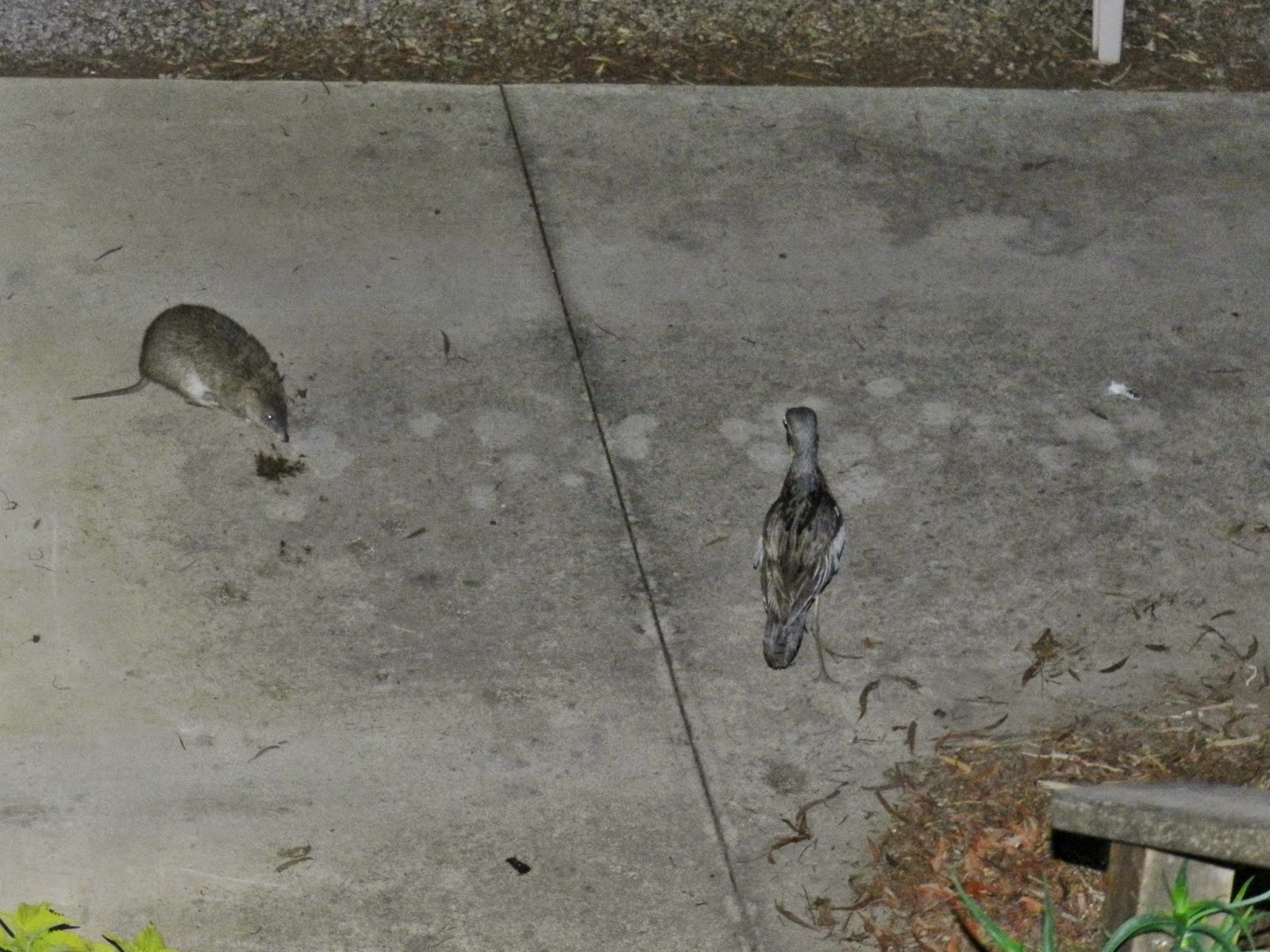Glowing yellow, stunningly good on the eye, and beloved of bees, this sedum is one I had tried to use before as a groundcover. It was a big fail. The cuttings usually did not take. One day I accidentally discovered the secret of the mother pot.
|
This is my Biting Stonecrop Sedum acre as a groundcover. It has succulent leaves and is not for walking on. I also have had to keep a sharp eye on other plants trying to take it over and weed them out, but it has been worth the effort. In this one place, it covers an area of about 10'X3' and expanding.
How did I do such an extensive area in sedum? The secret is the hanging pot you can see in the above photo (bottom left). It has been placed there to set the extension of the sedum into that area.
This is the mother pot close up.
I place the pot where I want the sedum to grow. While the pot sits there, the sedum grows down the side of the pot and sets roots when it reaches the garden soil, stones, or mulch. When it is set, I then cut around the bottom of the lip of the pot and lift it up, leaving behind the sedum outside the pot. I cover exposed stems with soil, mulch, or leaf litter.
It looks scrappy to begin with, but that will cover over quite quickly because these cuttings are set and rooted.
I have had to weed the sedum because other, more aggressive groundcovers, such as native lobelia, violets, and herbs, will take it over. Sedum breaks easily when weeded, but it will soon recover. You can always try to set the broken bits. Even so, it is easy to control just by pulling it out and composting.
When weeding, I have to wear my glasses because things are so small and intricately intertwined. I just use fingers and tweezers for pulling and a small paintbrush for applying weed killer, mostly against White Root and the miracle herb, Gatu Kola.
This is White Root (Lobelia purpurascens) intertwined (the darker green plant), an aggressive native ground cover that can smother everything, given half a chance.
This is Gatu Kola (
Centella asiatica), which has large green leaves, that will even overwhelm the White Root. I do not know how it got into the garden but I assume it was planted by the previous owners of the property.
It helps me with this area being raised above ground along my driveway and I can sit and work on the wall in a relaxed way. No one is more surprised than I that the sedum has worked out so well, and I only discovered how to spread it successfully because I slothfully left a hanging pot on the ground there.
This is my second year working with it. All in all, it has been a rewarding endeavour with an arresting aesthetic result. From a distance, the sedum areas appear to glow and flow.
When it begins to flower, the stems elongate and masses of tiny buds form. When these open, there is a profusion of golden blooms over which the bees just purr.
Article originally published at:

.JPG)


























